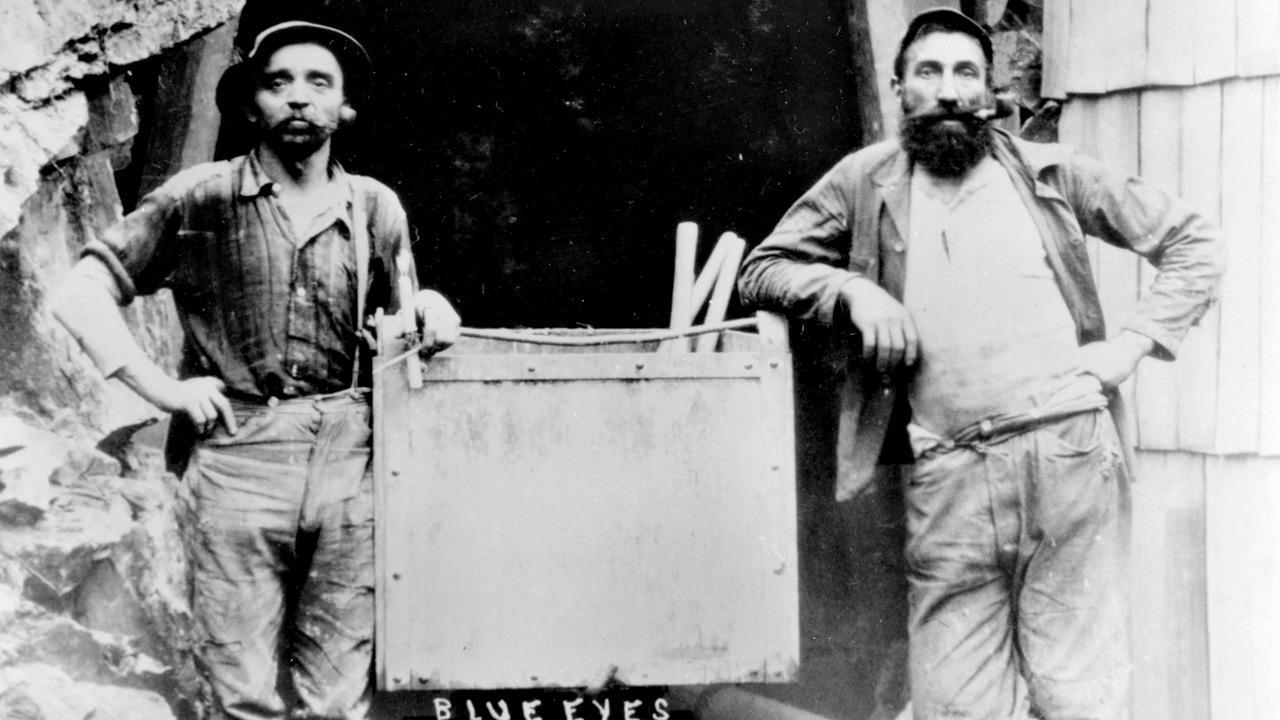In an upcoming talk organised by Godrej Archives, Tracey Panek, historian at Levi Strauss & Co, will offer insight into the humble origins of the world’s first blue jean and its emergence as a global fashion phenomenon

Miners wearing riveted Levi’s overalls, 1882, Placer County, California. Pics Courtesy/Levi Strauss & Co. Archives
Based on your research, how did the idea of denim fabric and blue jeans come to be?
The 501®, the world’s first blue jean, began as an innovative idea to fill a practical need. In the early 1870s, Tailor Jacob Davis was stitching up a pair of work pants for a customer when he hit on the idea of adding tiny metal pieces to the pockets. His “riveted” trousers soon became a hit and he could not keep up with the demand. Writing to his fabric supplier, Levi Strauss & Co., Davis proposed that they partner on a patent. On May 20, 1873 US Patent No. 139,121 was granted, and blue jeans were born. Denim was the natural choice for this riveted pant. Historically, denim had been a work wear fabric. It was tough and the dark indigo color hid stains and dirt. It began as a simple work pant and transformed over the years to become a style staple that is worn everywhere from the boardwalk to the catwalk. With its timeless appeal, this style became a canvas for self-expression and the uniform of musicians, models, entrepreneurs, activists and everyone in between.
ADVERTISEMENT
A pair of 1880s Levi’s riveted overalls found in Nevada and acquired by Levi Strauss & Co. during an eBay auction
Was there a turning point when blue jeans moved from being warehouse apparel to a cultural, fashion statement?
One of the earliest examples of blue jeans shifting to fashion happened in the 1930s when we introduced the world’s first women’s blue jeans in 1934. A year later, in May 1935, Vogue magazine included a story about dude ranches — working horse and cattle ranches in the American West that became a popular vacation spot during the decade. The article recommended that women buy a pair of denim Lady Levi’s® worn cuffed, along with a Stetson cowboy hat and boots, along with carrying an “air of bravado.” The shift to fashion continued into the 1950s when Hollywood outfitted bad boys like Marlon Brando and James Dean in denim. They represented rebellion and created a look and style modelled by young people of the generation. By the 1960s, the rising youth generation adopted them as their uniform and blank canvas for personal expression.
1950s Levi’s advertisement
Did blue jeans take time to get accepted outside of the US? And how did it first cross the Atlantic and move to other parts of the world?
World War II was a defining moment for blue jeans. American GIs, when they weren’t in uniform, often wore blue jeans and introduced a whole new overseas audience to this American look. By the 1960s, blue jeans were almost as popular in places like Europe, as they were in the US.
Tell us about the research behind every new definitive style that is. Do historians like you come into the mix in this R&D phase?
I interact with our design team weekly and designers are the biggest users of our Archives. The earliest Levi’s® garments, down to the pocket stitching and design details, provide inspiration for the latest looks today. design details, provide inspiration for the latest looks today.
Tracy Panek
Did you Know?
The rivet was the tiny but important innovation added to denim pants that created blue jeans.
On: Thursday, August 5, 8 pm onwards
Log on to: https://zoom.us/meeting/register/tJYtd-2uqDoqE9OLT29y0_UrKSzyE9fm2W7X
 Subscribe today by clicking the link and stay updated with the latest news!" Click here!
Subscribe today by clicking the link and stay updated with the latest news!" Click here!






